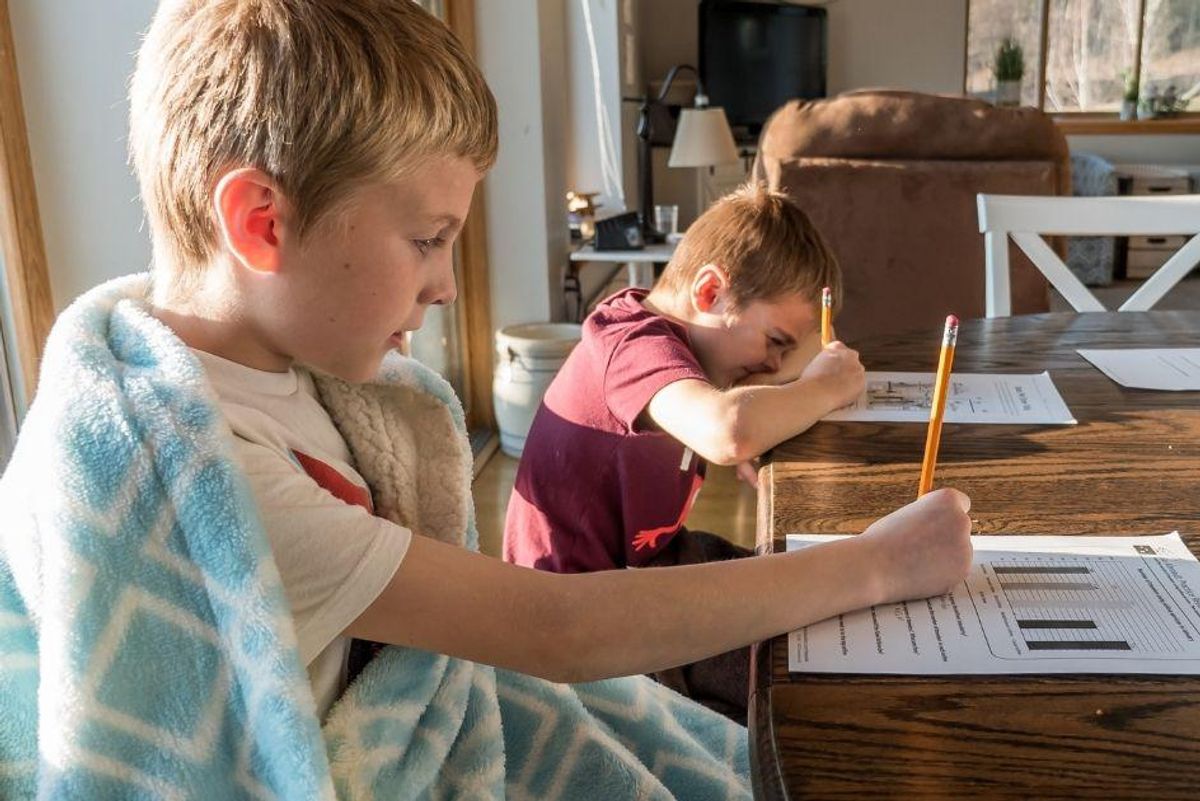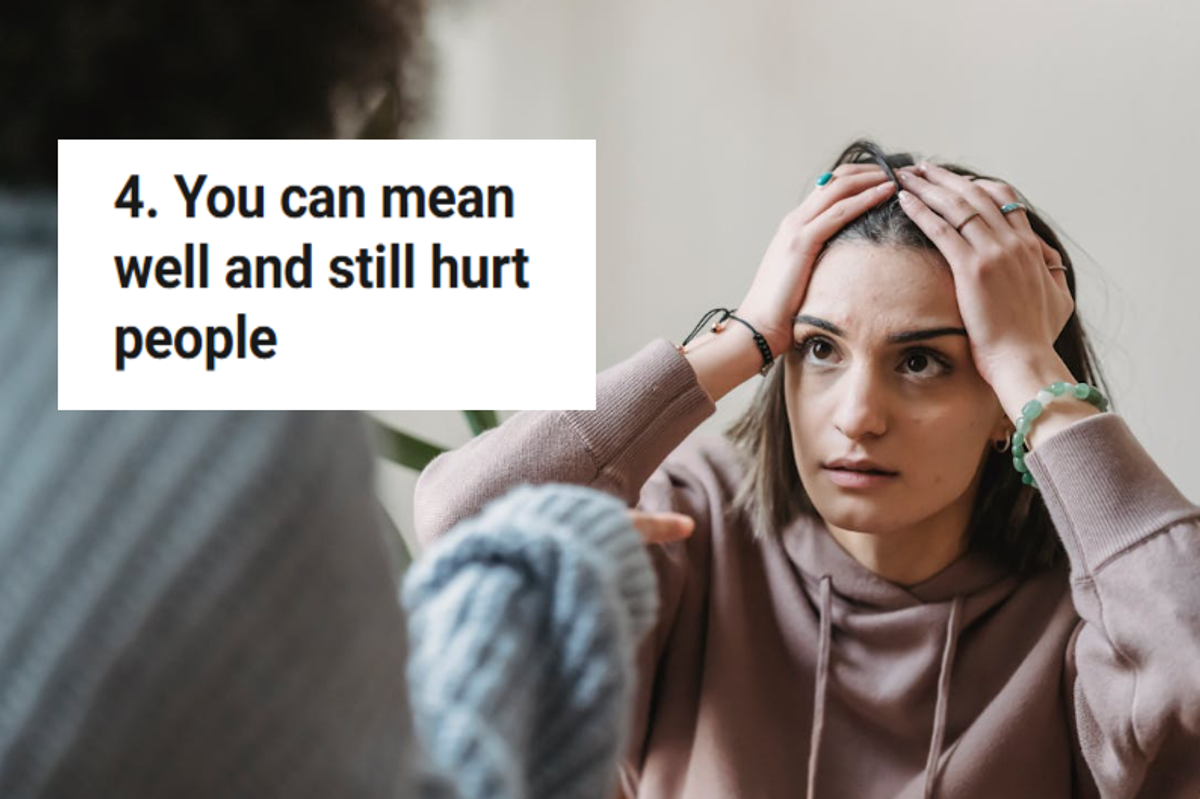Why some families discovered an unexpected love for homeschooling during the pandemic

When schools shut down in the U.S. in the spring of 2020, parents, teachers, and students alike were thrown into uncharted territory. Now, more than a year later, families are finding themselves navigating murky waters once again as the Delta variants surges and schools and local governments grapple with mitigation measures.
Throughout all of this, millions of families have taken the plunge into homeschooling. For some, that meant helping their kids through virtual learning through the public school system, but others decided to ditch the system altogether.
In fact, a Census Bureau report found that the number of U.S. households that reported homeschooling kids doubled from March 2020 to September 2020, from 5.4% to 11.1%. The jump for Black households was even more significant, from 3.3% to 16.1%. With schools starting up this fall in the midst of rising COVID infections, those numbers could grow even higher.
While some parents are choosing to homeschool because they feel like it's the safest choice, some parents tried homeschooling during the pandemic and found that they and their kids enjoyed it far more than they expected to.
"Homeschooling was something I always thought my kids would benefit from for many reasons, but I could never wrap my head around how to actually do it and the fear that I would fail as their teacher," Jennifer G., who homeschooled last year and decided to continue this year says. "Covid gave me the push I needed to put my fears aside and dive in."
"We struggled at times last year and it took a while to find a good routine," she adds. "But overall, we learned so much about ourselves, about how we function together as a family, and how to make learning fun. We went on fun educational field trips as often as possible, cooked lots of new recipes together to learn about the world, experienced adventures through reading, & grew together as a family. We are looking forward to homeschooling again and having the flexibility to learn what we want how we want. I never imagined learning could be so colorful!"
Jenny S. says that she's wanted to homeschool for years but her husband and oldest child were never on board. However, due to COVID, she began homeschooling her third and sixth graders last year.
"My 3rd grader THRIVED," she says. "When the world shut down we noticed some behaviors that led to us finally figuring out what caused the sensory processing disorder we knew she had since she was an infant. So, we knew she'd be home again this year. She's so ahead of her peers, I didn't want boredom to add to the problems she already faced in a classroom. She has also learned that schools white-wash history, and boldly proclaims that she was lied to when asked why she likes homeschool better. She never wants to go back. She's been able to truly dive into her interests, and has learned snd retained more than she ever has before."
Her oldest has chosen to homeschool for seventh grade for consistency. "While he misses his friends, he knows this year will be better, socialization-wise," she says. "He is also ahead of most of his peers, and loves that he can move at his own pace. We love the flexibility, fewer hours, and the outdoor time it has allowed us. Without evening homework, I still get hours to get my work done (I mostly work from home), have more time for prepping dinner, and just hanging out as a family."
Many parents I spoke to were surprised to find that their children excelled learning from home.
Judi S. spent last school year at home with her 10-year-old grandson while his parents worked, helping him with virtual learning through the school. She says has mild ADHD and he was able to be more kinetic at home, which helped him focus better. But she also acknowledged that that wasn't the case for all kids.
"Some kids did well, some struggled, and some simply checked out," she said. "I wish that families still had the option of virtual learning as well as homeschooling and in-person because children have such diverse learning styles. And I dread the return of all those soul-sucking hours of homework. I think a lot of parents have discovered how arbitrary and mostly unnecessary homework actually is. We always suspected and now we know."
Homeschooling isn't a magic bullet, of course. Not all parents can make it work, and not all parents should even try to make it work. Having come from a teaching background and homeschooled my own kids for almost two decades, I can attest to the fact that it's not for everyone. And for many families, it's simply not an option.
At the same time, the pandemic has provided a prime opportunity to give it a shot for those who want to. Much has been made about the mental health impact of school closures, as well as the kids who will fall through the cracks because of needs that get met at school. Those problems are real and those concerns are legitimate—however, a lot of kids really do fare better academically, emotionally, and socially learning outside of a traditional classroom setting.
The fears and reservations that kept many families from trying homeschooling have been trumped by the fears of viral spread and reservations about kids' safety in the classroom. Though the circumstances that got us to this point are undesirable, there's never been a more opportune time to experiment with different modes and models of learning. Schooling has been turned topsy turvy anyway, so why not try something entirely new if you have the desire and the ability?
The educational landscape is shifting quickly and there are more resources for learning than ever before. While broad questions about equity and accessibility loom large across that landscape, parents shouldn't be afraid to explore the various options that are out there. The opportunity to reexamine what learning looks like for individual kids has been laid at our feet with the pandemic blowing up school as we know it. Might as well take advantage of it while we have the chance.
- A celebrated teacher's 5-point explanation of why she's quitting has ... ›
- A 'mother's desperate prayer' speaks to millions of parents during ... ›
- Some free advice for freaked out parents from a homeschooling ... ›
- Man creates his deceased dog in virtual reality - Upworthy ›




 An upset woman sits in her car.via
An upset woman sits in her car.via  An upset man grabs his head.via
An upset man grabs his head.via  A stressed-out woman.via
A stressed-out woman.via 

 David Bowie on swing in red suit
David Bowie on swing in red suit David Bowie album cover
David Bowie album cover Prince
Prince
 We really wish this were true. via @bryaninmsp/
We really wish this were true. via @bryaninmsp/